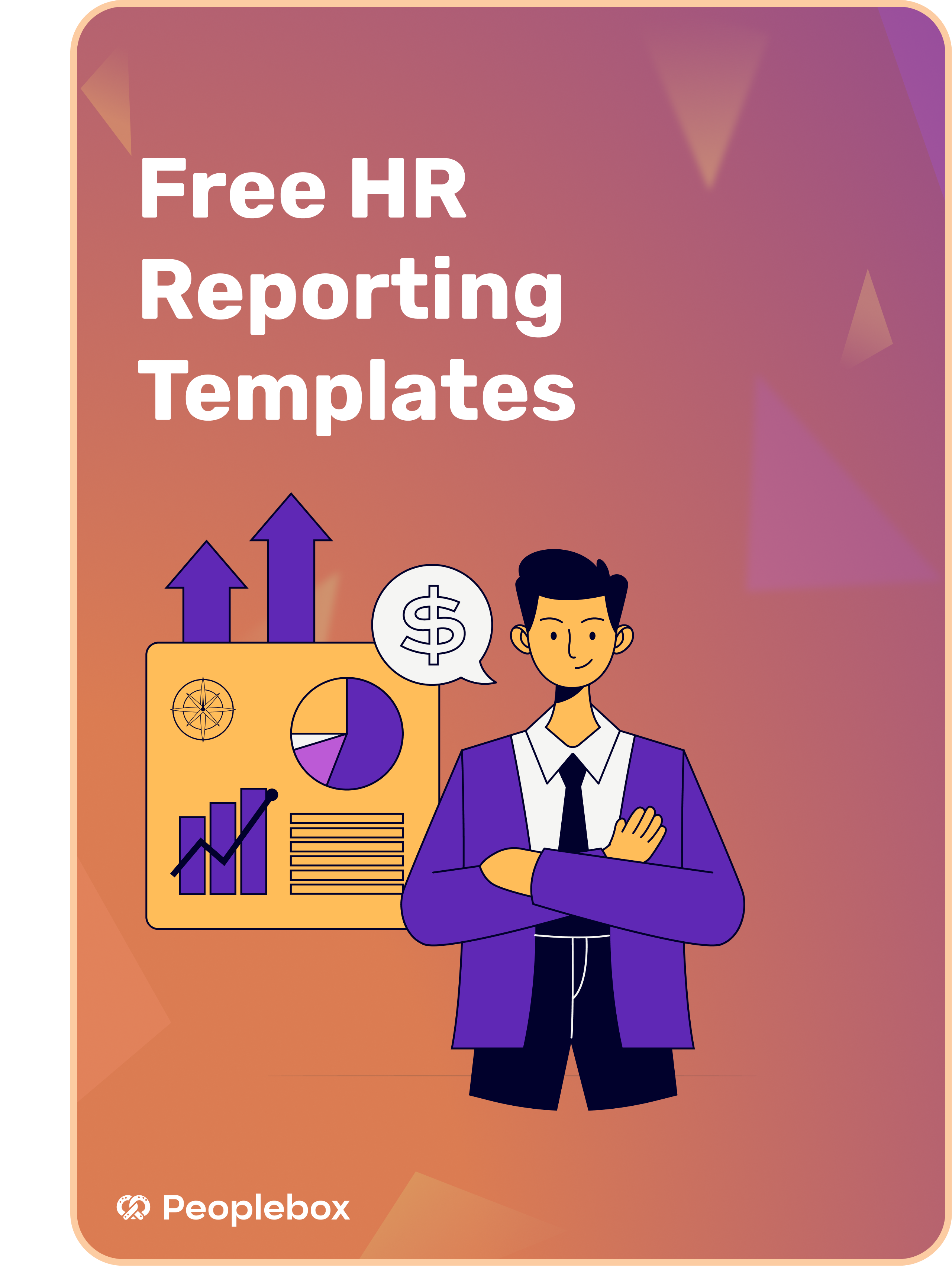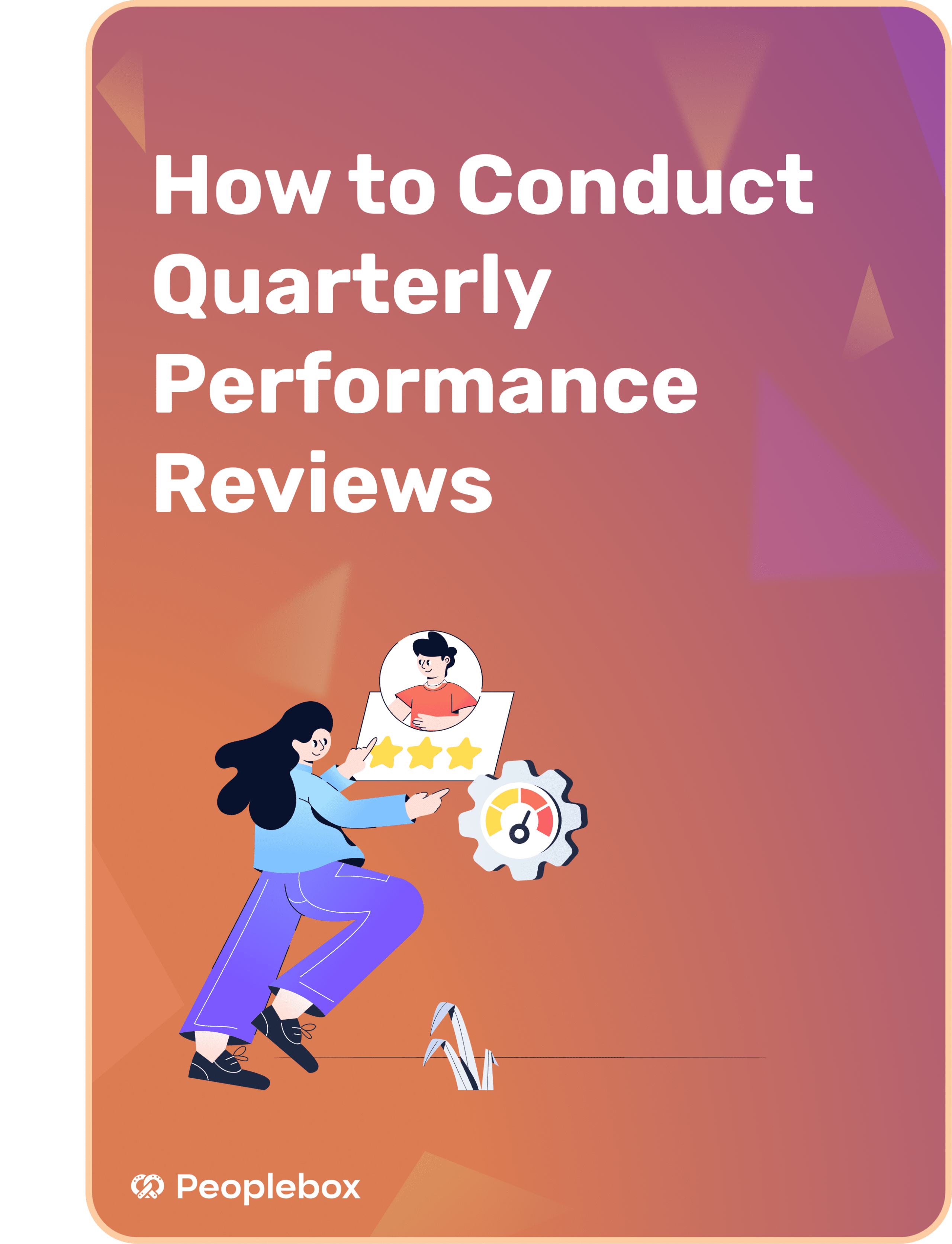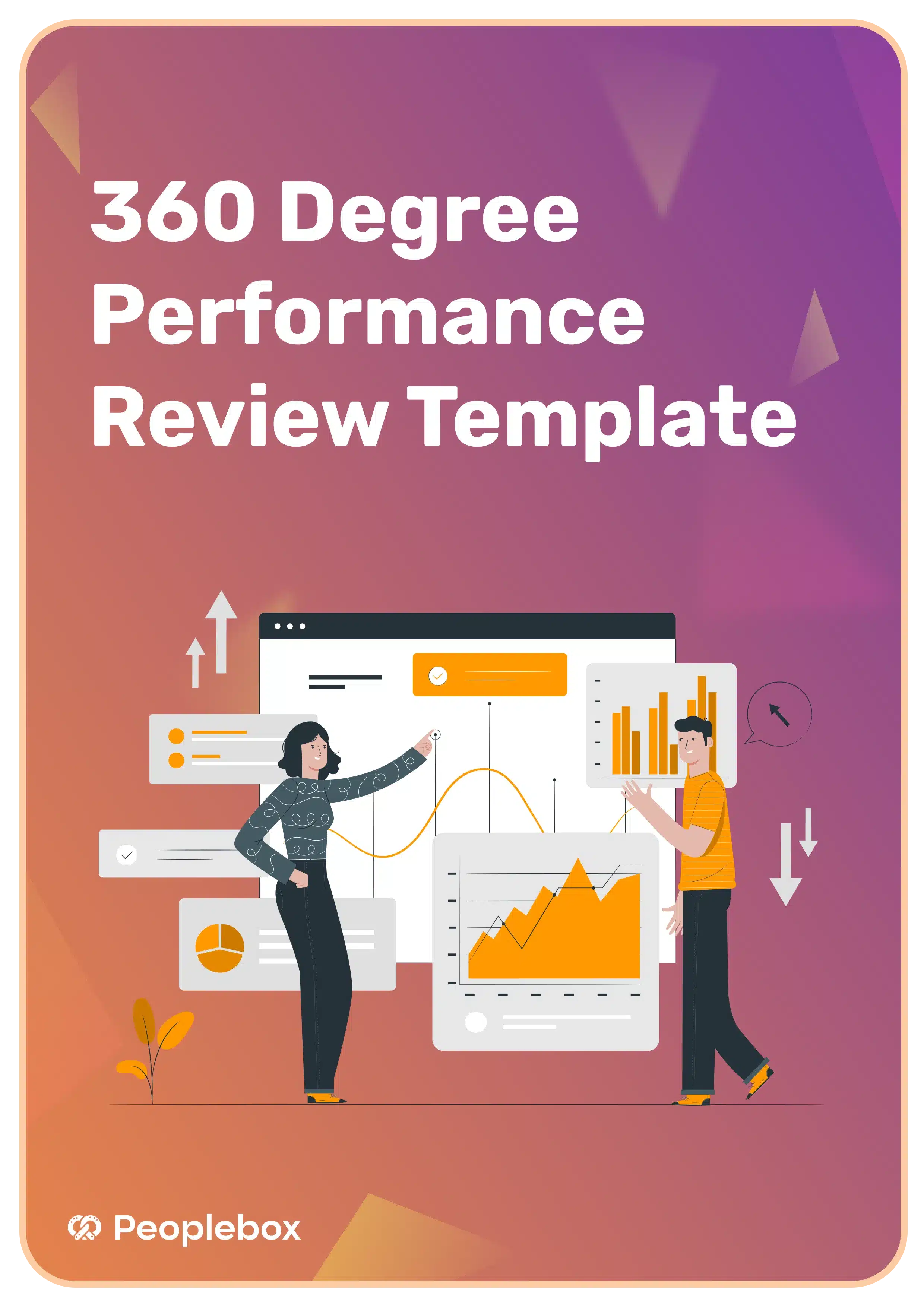Key Sections Summarized
The Foundation: Understanding the Organizational Landscape
Sarah, HR Head at ABC Inc., needs to craft a people strategy to address high turnover and low morale.
She gathers data and insights from across the organization to understand its unique culture, challenges, and goals.
She discovers a disconnect between individual aspirations and the company’s vision.
Crafting the Blueprint: Developing a Strategic Approach
Sarah implements a comprehensive training program to address skill gaps and foster continuous learning.
She introduces new tools for feedback, goal tracking, and communication to create a culture of open dialogue.
Engagement initiatives go beyond work, promoting well-being, team building, and recognition.
Measuring Success: The Power of Data-Driven Insights
Sarah uses key performance indicators (KPIs) like employee engagement surveys, turnover rates, and performance reviews to track the strategy’s impact.
Data analysis helps identify areas for improvement and ensures the strategy remains relevant and impactful.
Sarah celebrates milestones and successes, emphasizing the human element behind the data.
The Strategic Partner: Peoplebox
Peoplebox’s OKR, performance management, and people analytics platform empowers Sarah to make data-driven decisions and track progress.
It helps her align people and business goals, improve retention and performance, and ultimately drive business success.







